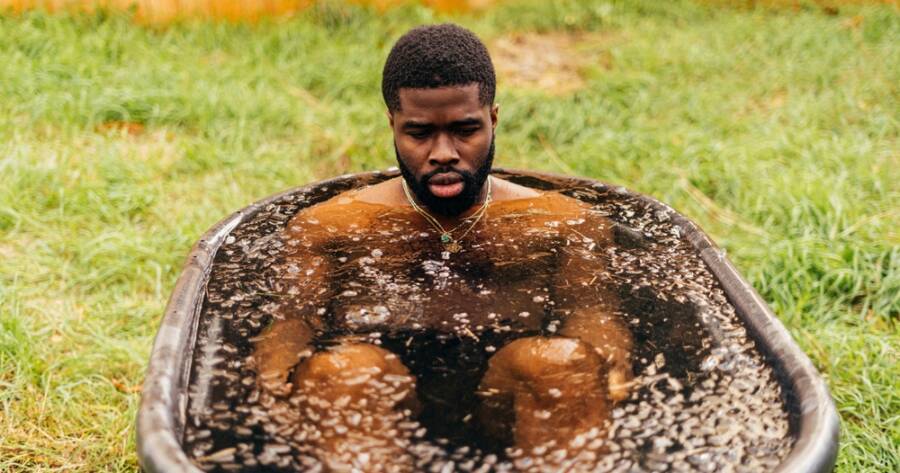There’s a growing trend sweeping across wellness circles, sports recovery spaces, and even corporate environments—and it doesn’t involve heat, but cold. Cold exposure, especially through tools like cold plunges, has become a powerful way to train the body and mind. Icy dips are more than just physical challenges. They’re a daily test of mental strength, emotional control, and focus. As more people seek out practices that build long-term resilience, cold exposure is rising to the top as one of the most effective methods.
What Is Cold Exposure—and Why Do People Do It?
Cold exposure refers to intentionally immersing your body in cold water, usually between 37°F and 55°F, for a short period of time. This can be done through cold showers, ice baths, or purpose-built tools like The Plunge, a popular cold tub used at home or in recovery studios.
While the immediate goal is to cool the body, the bigger purpose is training the nervous system. When you step into cold water, your body responds with stress signals: rapid breathing, tightened muscles, a spike in heart rate. Learning to stay calm in that moment, to breathe deeply and remain steady, helps your body become more adaptable to stress in other areas of life.
Building Mental and Emotional Resilience
One of the biggest benefits of cold exposure is its impact on mental toughness. When you willingly step into something uncomfortable each day, you teach yourself to be more adaptable. Over time, you stop avoiding discomfort and start embracing it.
This can carry over into other parts of life—whether it’s staying calm during a tense work call, managing anxiety before a big presentation, or pushing through physical fatigue in a workout. Cold exposure becomes a daily mental “rehearsal” for life’s challenges. You’re training your brain to react with focus and calm, rather than panic or avoidance.
In fact, many people use cold plunges as part of a morning routine to increase alertness, improve mood, and gain a sense of accomplishment right at the start of the day.
Physical Benefits That Support a Resilient Body
While the mental benefits are powerful, the physical side of cold exposure is just as compelling. Athletes have long used ice baths to reduce muscle soreness and speed up recovery. The cold constricts blood vessels and lowers inflammation, then triggers a rush of fresh circulation when you warm up again.
More recent research also suggests cold exposure may help support the immune system, balance hormones, and improve sleep. Some users report sharper mental clarity after regular plunges, likely due to the release of norepinephrine—a chemical that helps with focus and alertness.
Tools like The Plunge allow for a consistent, controlled environment, making it easier to build a regular practice instead of relying on makeshift ice baths.
How to Get Started Safely
If you’re new to cold exposure, it’s important to ease in gradually. Start with cold showers, slowly reducing the temperature over time. The first goal is not to see how long you can last, but how calmly you can breathe and stay present in the discomfort.
When moving into full-body immersion—such as with a cold plunge—start with short sessions of 1–2 minutes. Focus on deep, slow breathing and resisting the urge to tense up. Over time, most people work up to 3–5 minutes per session, with 2–4 sessions per week as a common cadence. However, it isn’t recommended to clock much more than 10 minutes per week.
Always consult a healthcare provider if you have heart conditions or other medical concerns, and never do cold exposure alone until you understand your limits. Safety must always come first.
Tools That Make It a Habit
Consistency is key to seeing results from cold exposure. Having a dedicated tool like The Plunge can help. These at-home tubs chill water to your desired temperature and keep it ready throughout the day. That ease of access removes friction from the habit-building process.
For people who prefer simplicity, starting with cold showers or DIY tubs using ice and water is a good first step. No matter the method, what matters most is doing it regularly, with intention and awareness. That’s where the resilience begins to grow—not just from the cold, but from your ability to meet it with calm and control.
Training the Mind Through the Body
At first, cold exposure feels like a challenge to overcome. But over time, it becomes something more—a way to sharpen your mind, regulate your emotions, and stay grounded under pressure.
Whether you’re an athlete, a busy professional, or just someone looking to build inner strength, cold plunges can help you tap into a deeper level of resilience. In the face of discomfort, you’ll find clarity, strength, and a renewed sense of control. And that’s a habit worth building.

